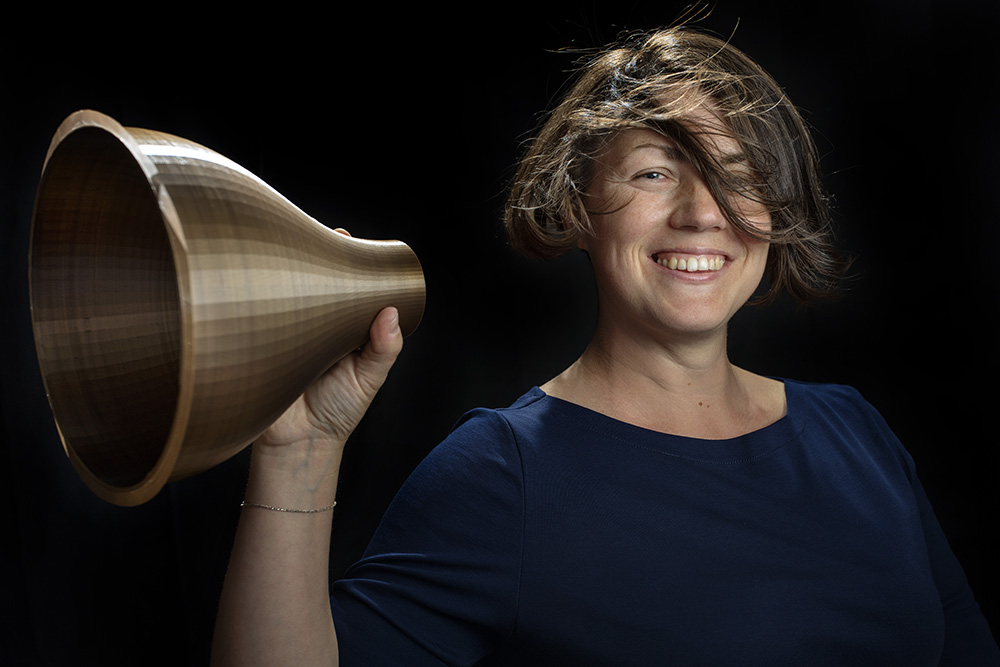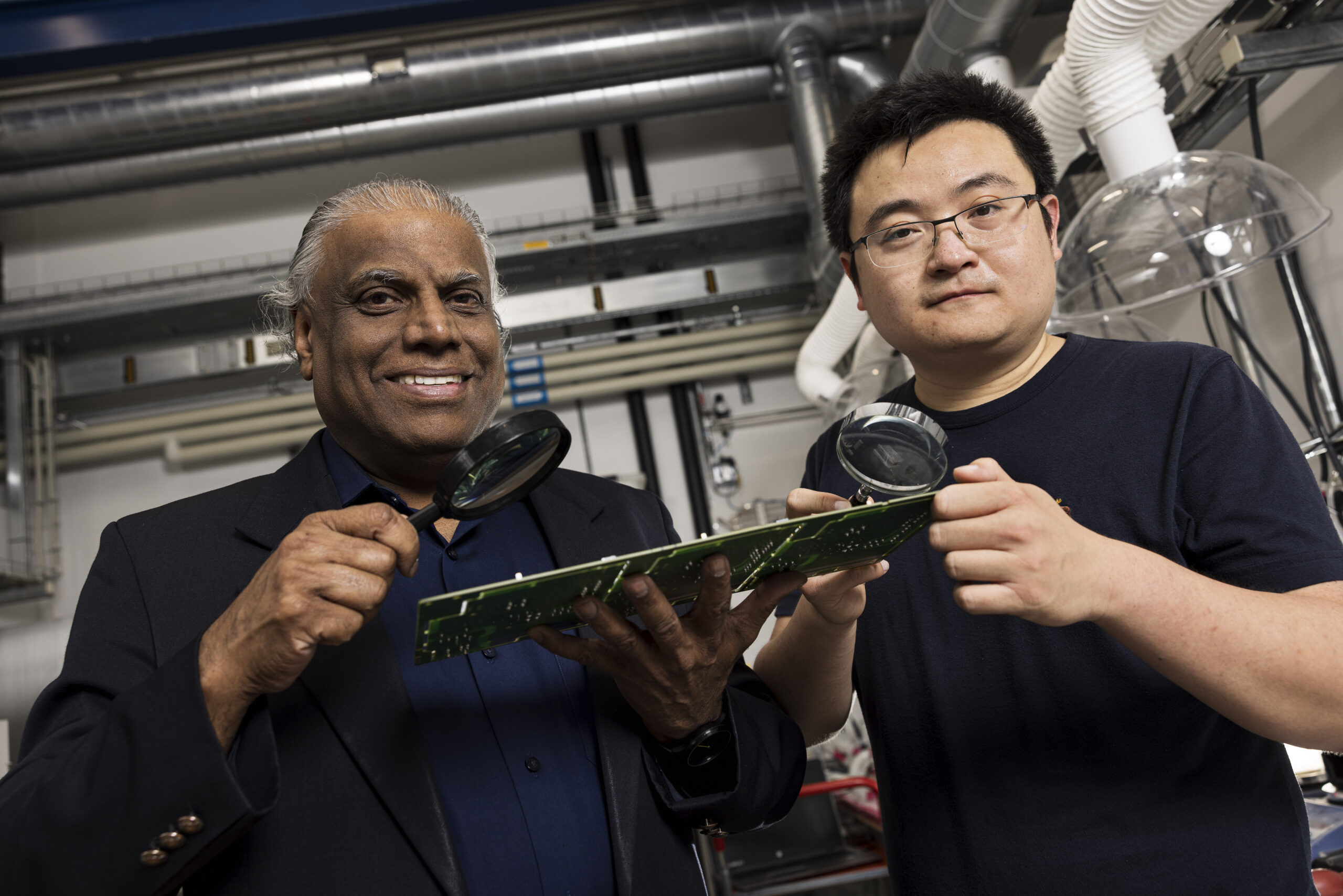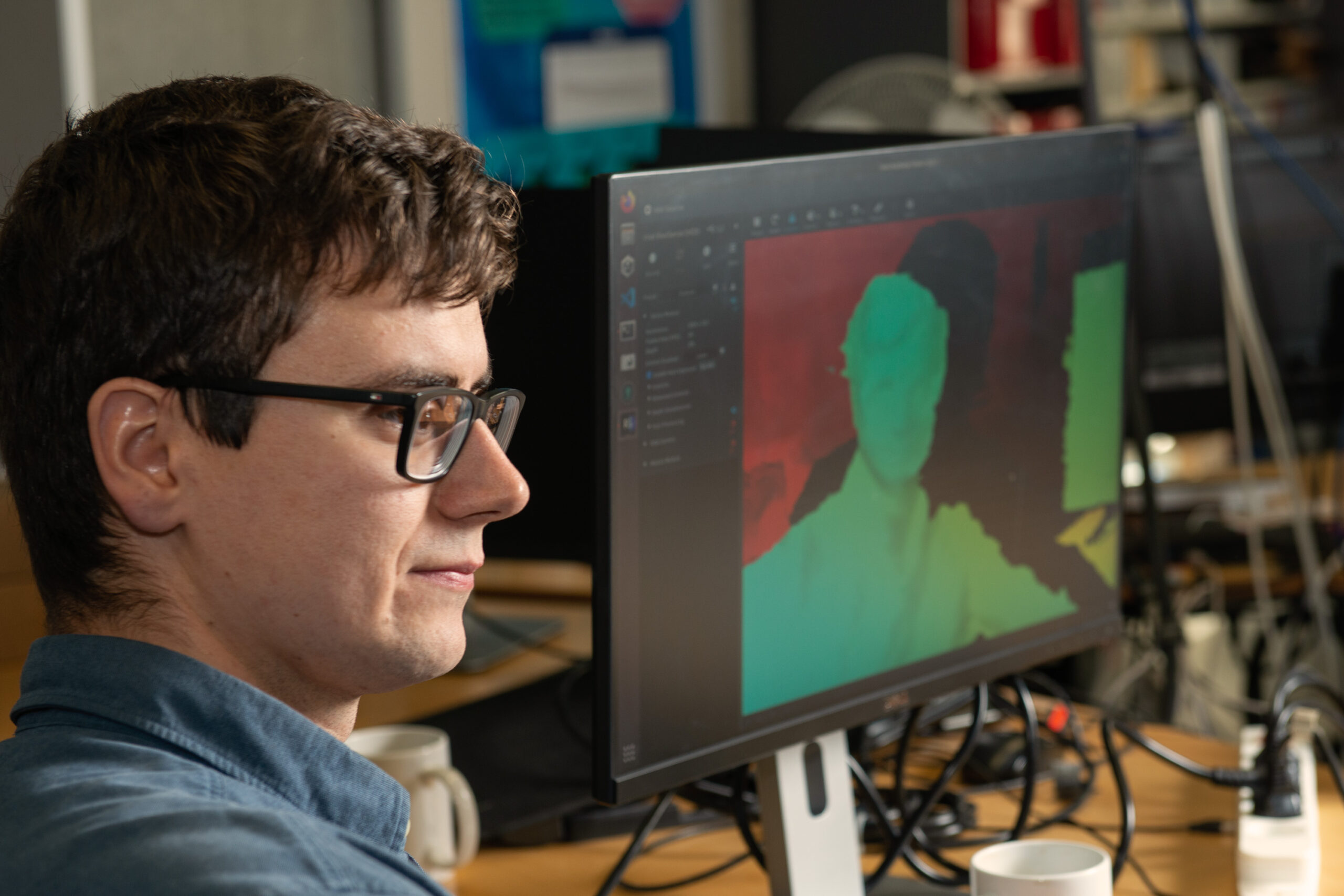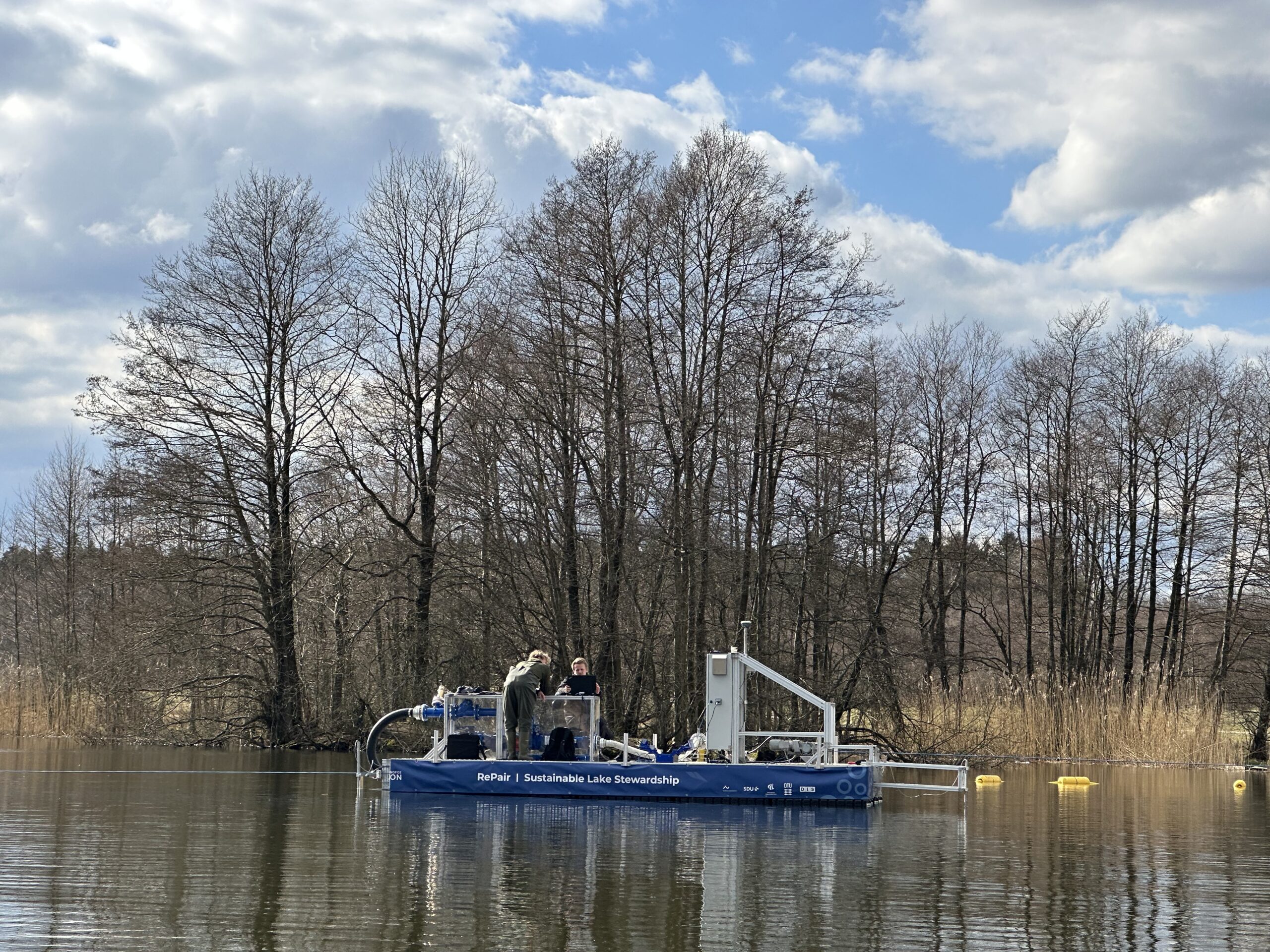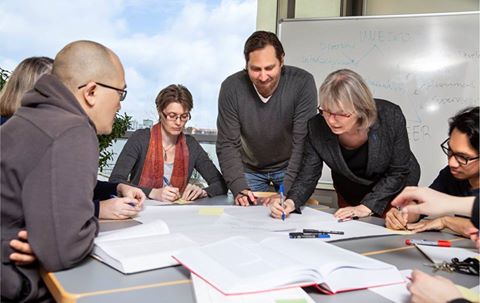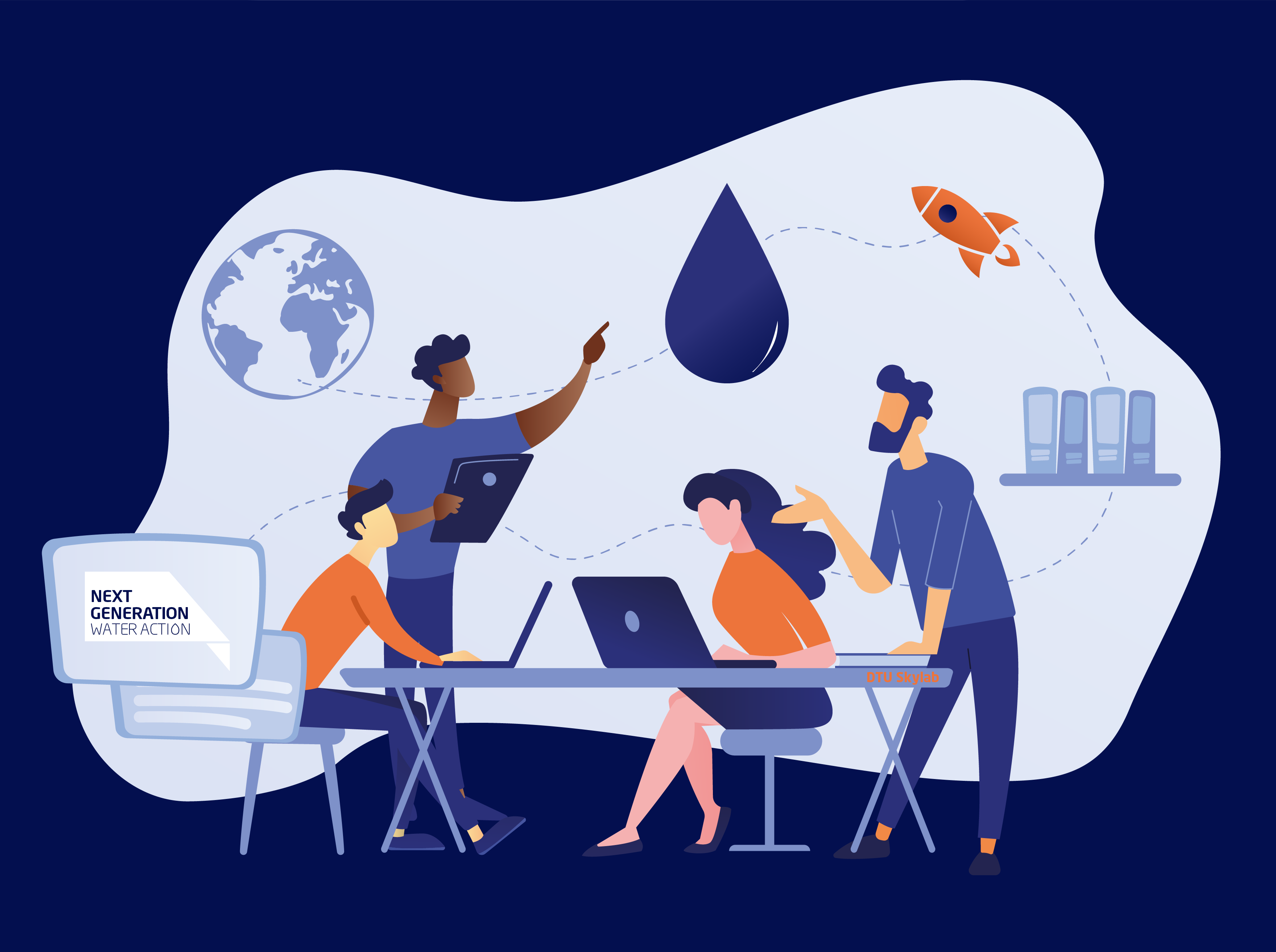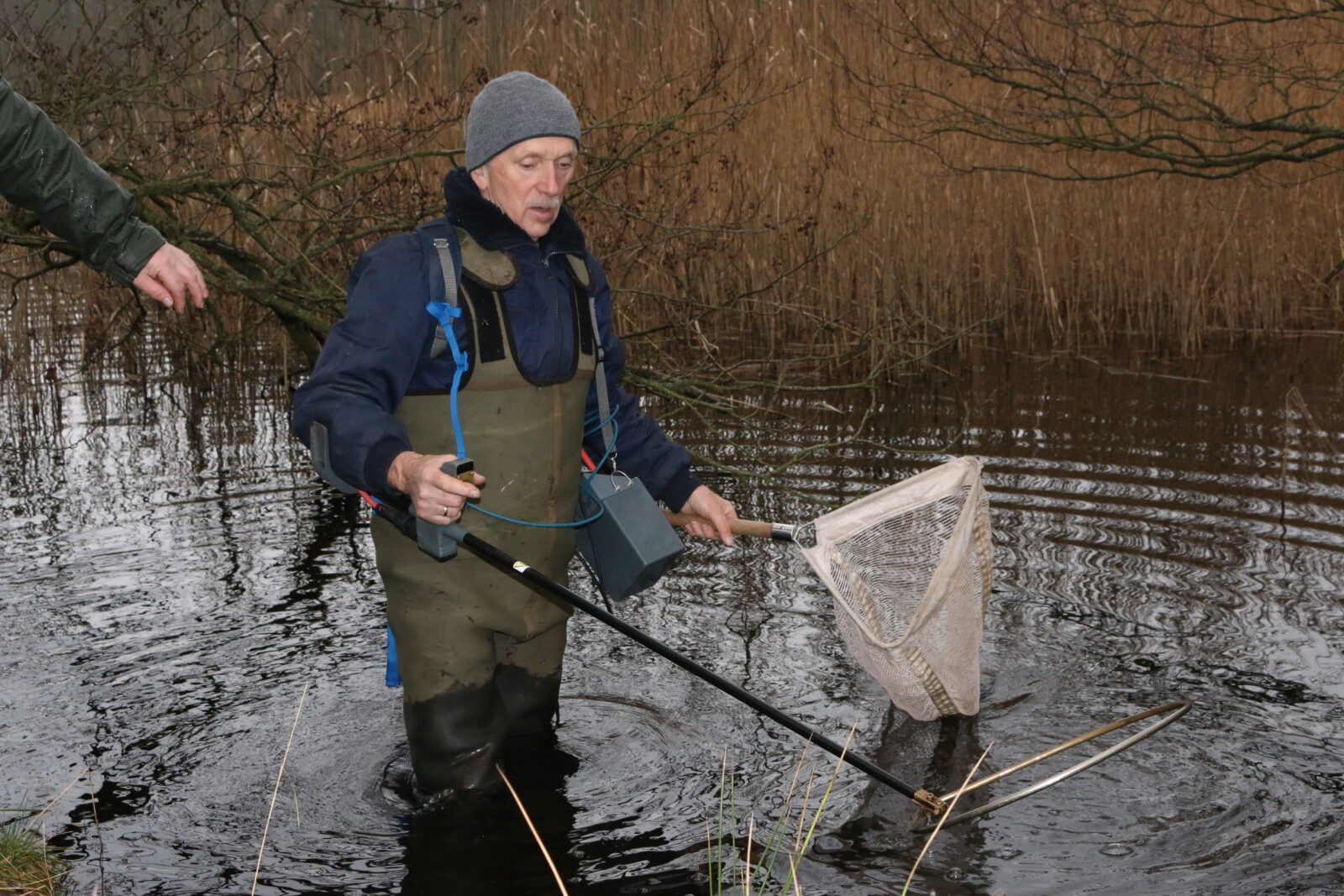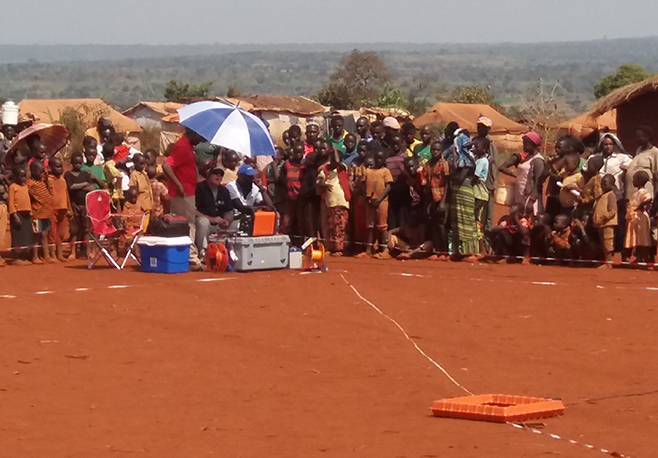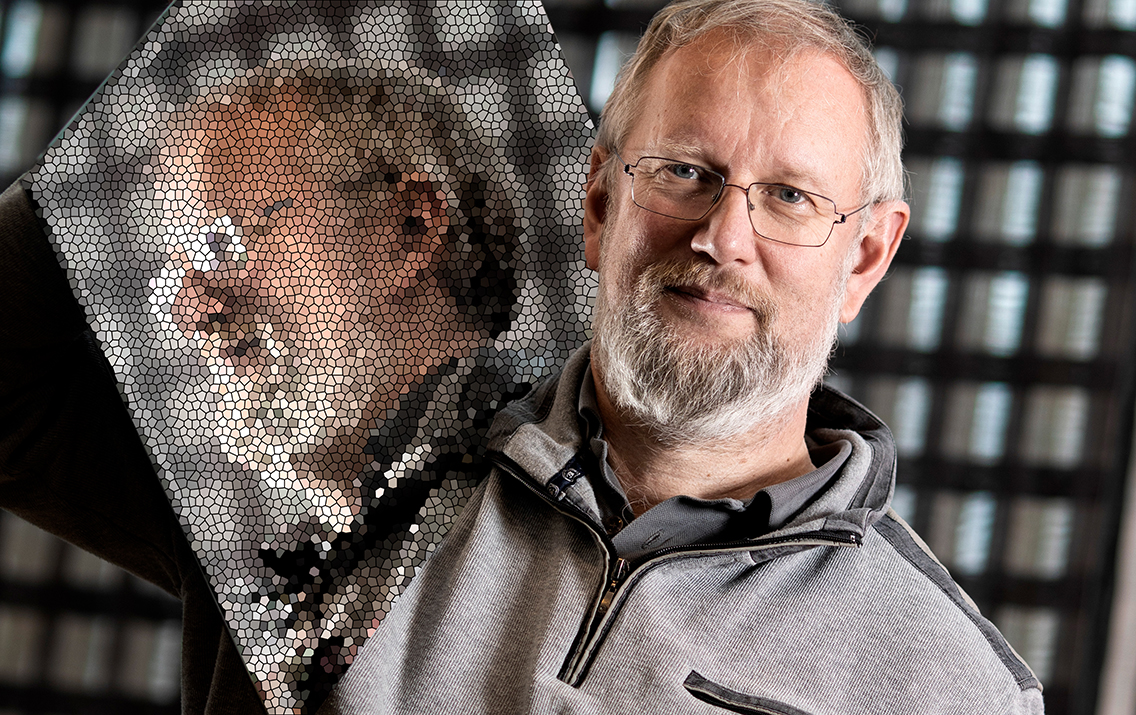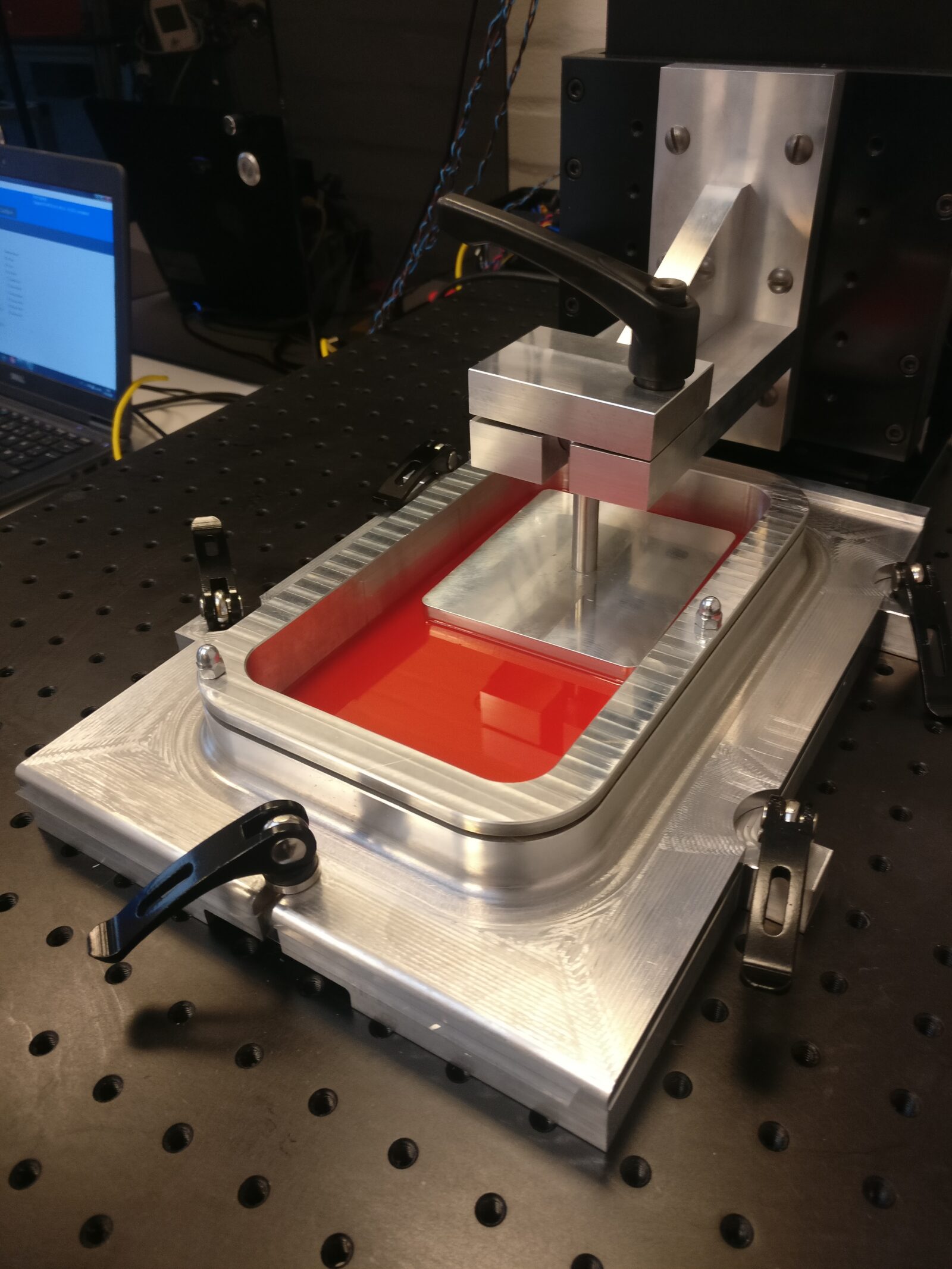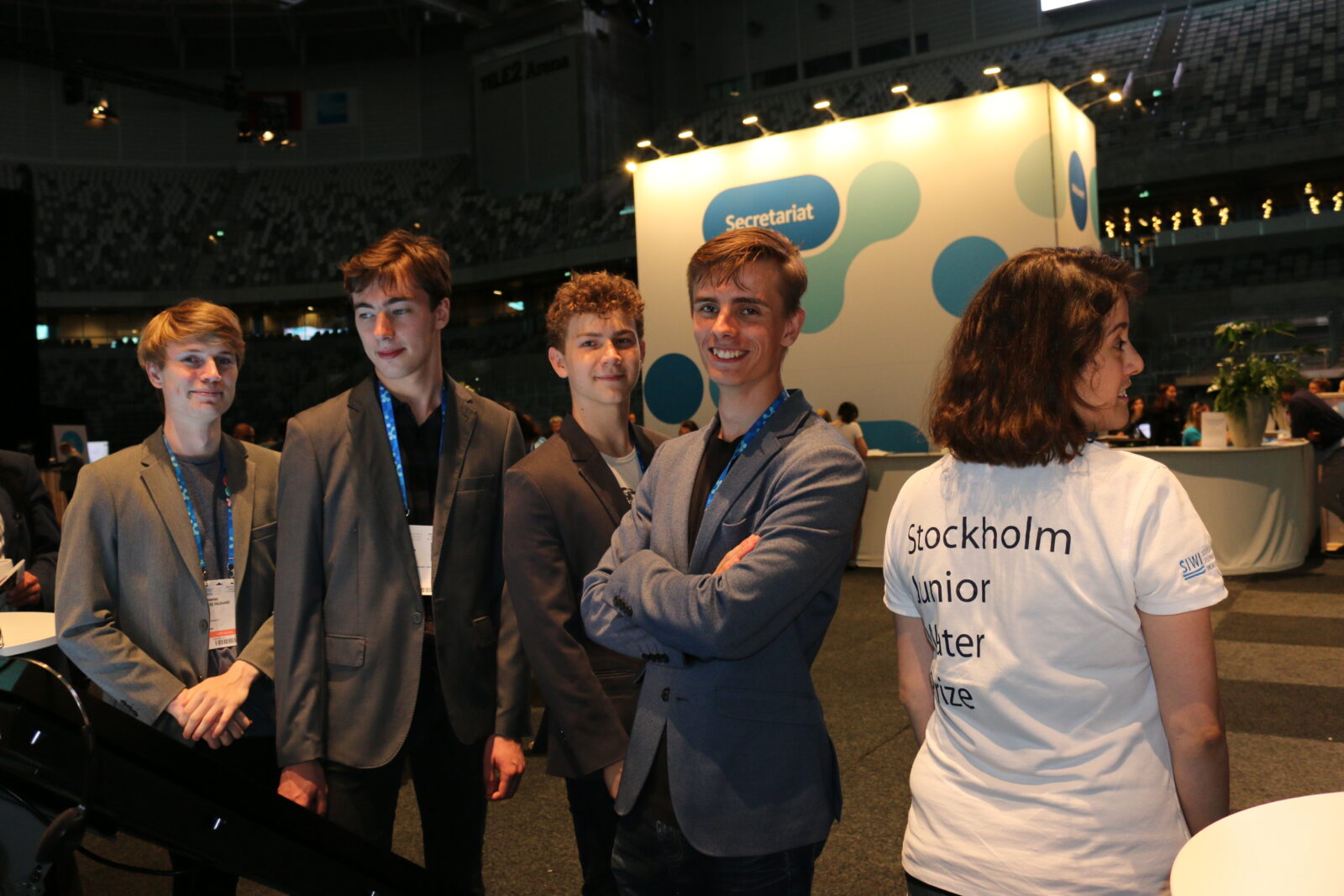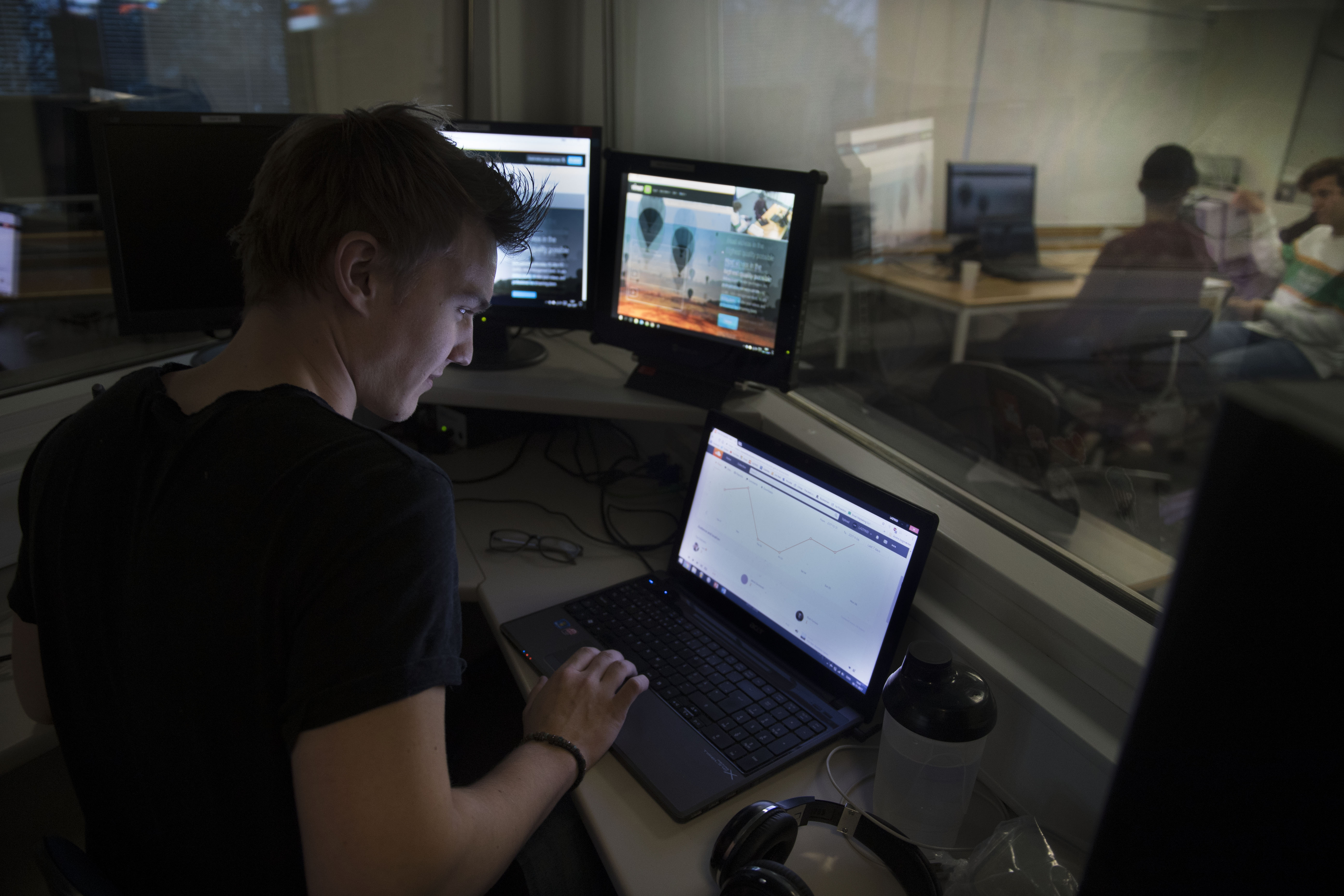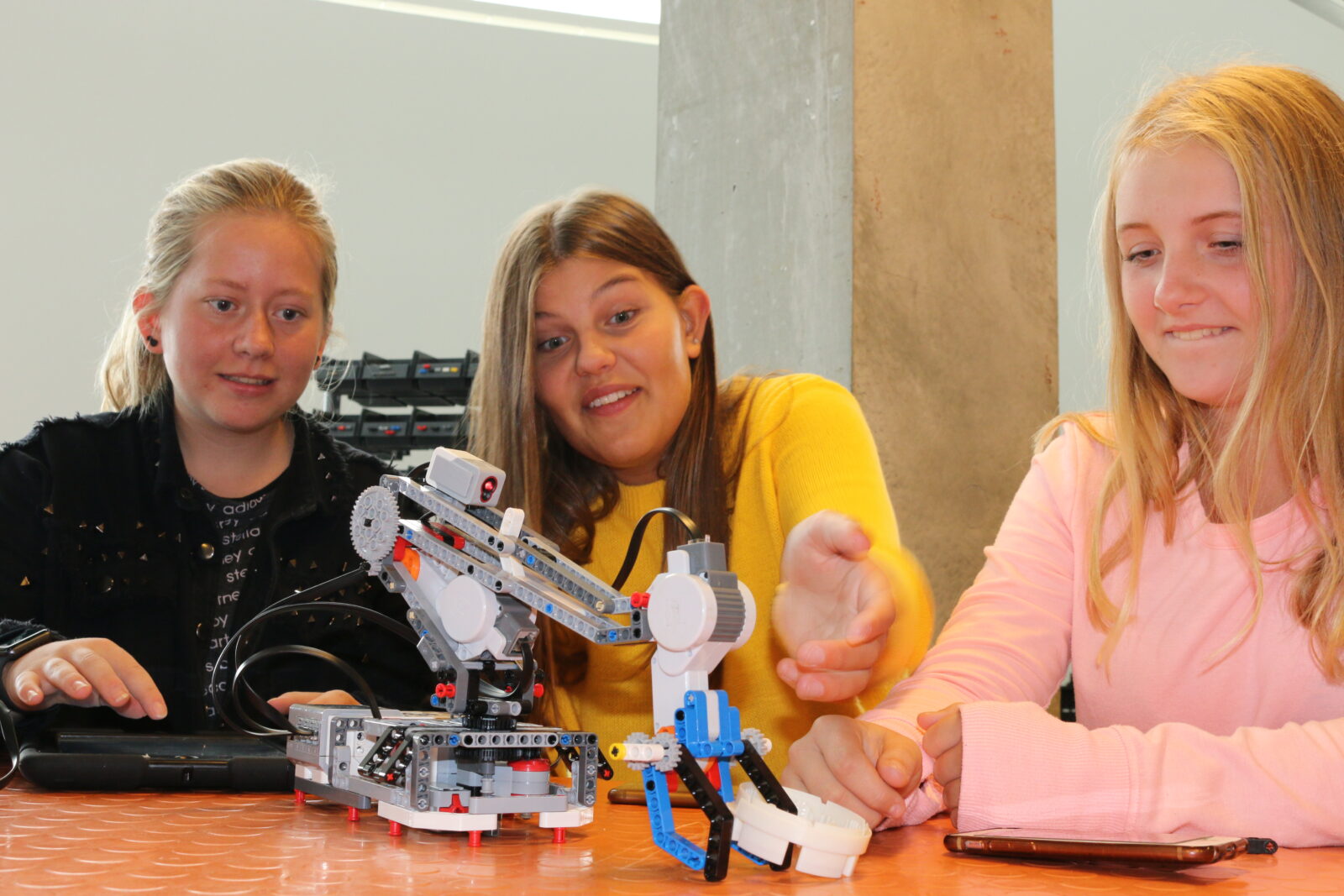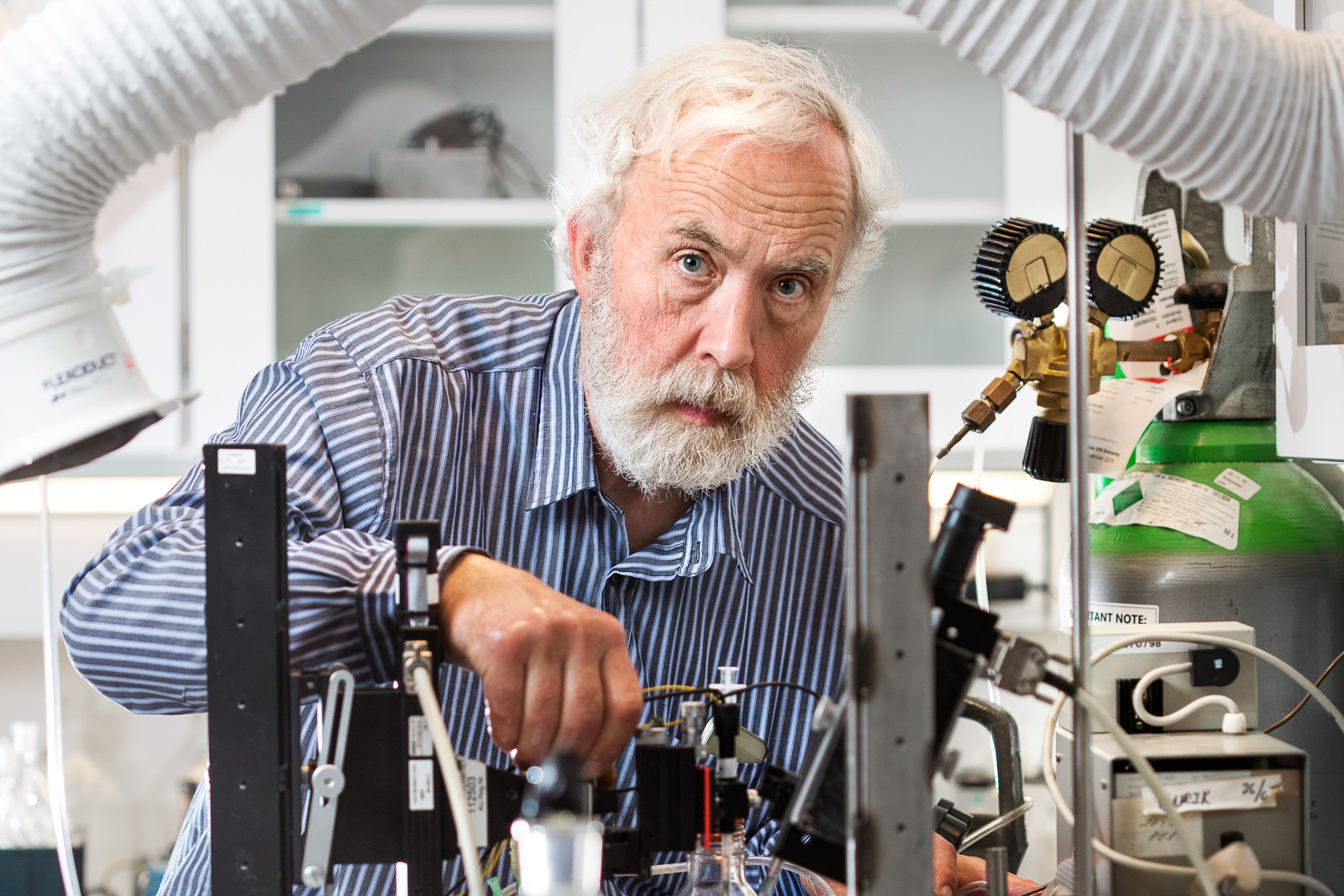Turbulence is created when gas, e.g. air, or liquid moves sufficiently fast. The speed of the fluid motion does however not necessarily have to be that high. As an example, it is almost unavoidable to generate turbulent fluid motion when pouring cream into coffee. The general principles are easily described and the equations have been known for almost 200 years. However, the details of the mathematical problems are so complicated that solving the equations describing turbulence has been named one of seven great mathematical problems of the 21st century. The physicist Robert Feynman has named turbulence as the most important unsolved problem of classical physics research.
The models which are used in designing pumps, windmills and other machines that move in turbulent environments are based on approximations and have limited application areas. A widely used approximation for ‘very turbulent flow’ was published in 1941 and the assumptions behind have almost reached a status of physical law.
Old assumptions don’t hold water
New experimental and theoretical research from, among others, Clara Marika Velte at DTU Mechanics, has shown that there is a need to reformulate the equations and she has therefore received an ERC Starting Grant to document how the assumptions are mistaken. Parallel to this work, the Poul Due Jensen Foundation funds work on re-formulating the mathematical models and to communicate the results internationally.
Project purpose and design
The project aims to contribute to a more robust theoretical framework for understanding turbulence. We want to ensure that the results are shared with industrial stakeholders and international peers and help develop an internationally recognised centre of excellence.
- The lab facilities will be established at top international level to attract international talent and collaboration
- Relevant industry representatives will be invited to follow the work of the research group
- As of 2021, a bi-annual international summer school programme will be offered
The grant of DKK 12.9M runs from 2019 to 2023.


